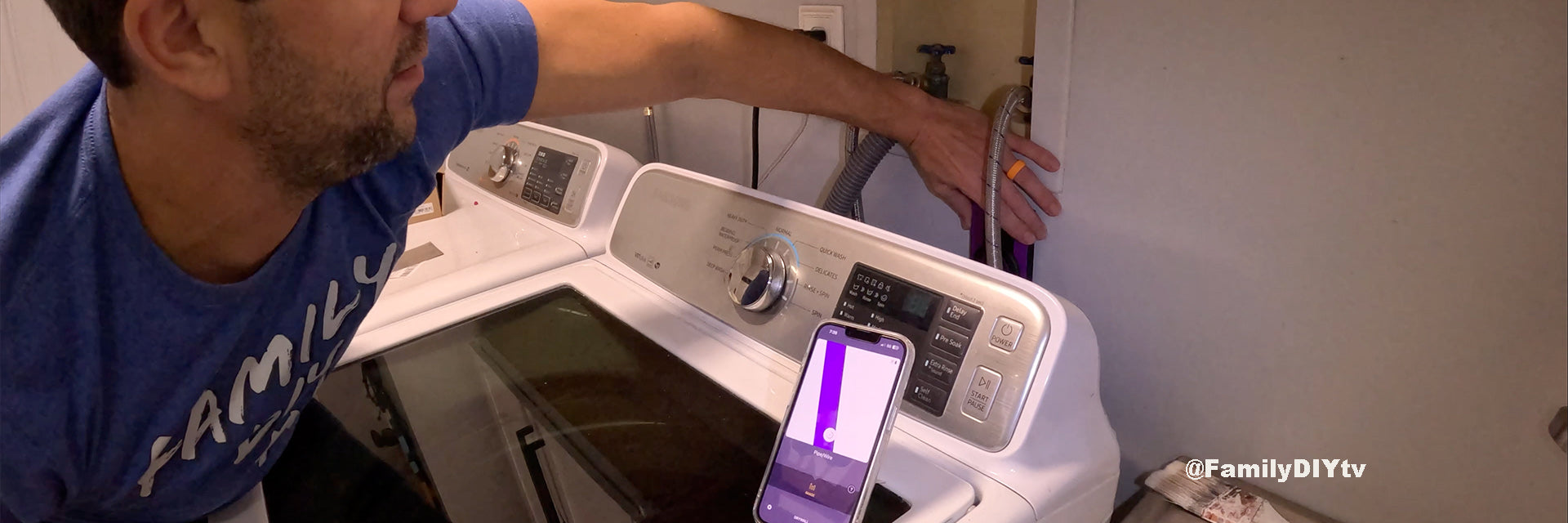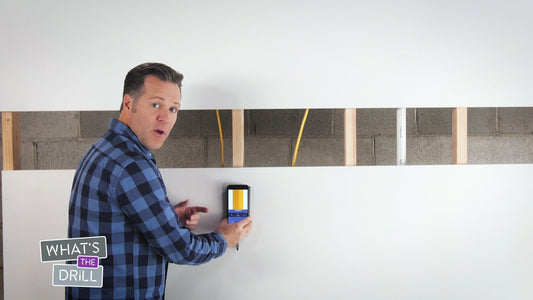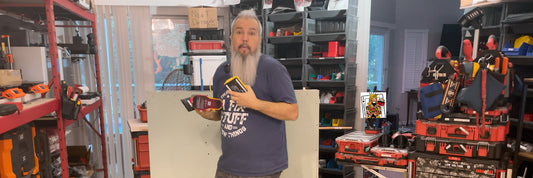Figuring out where the water pipes are located is crucial whether you're planning to hang a new picture on the wall or installing a new fixture. Tracing water pipes might seem daunting, but with the right approach and tools, even novices can map out their plumbing with confidence.
Understanding the basics: where are water pipes located?
Before you start knocking on walls, it's essential to grasp some plumbing basics. Water pipes typically run from the ground up, branching out to various fixtures. In houses with basements, it's often easier to trace these pipes. For slab foundations, the task can be trickier.
Start with a visual inspection
Begin by looking in the most obvious places: under sinks, in the basement, or utility areas where pipes are often exposed. Follow these pipes as far as you can to get a general idea of the direction they're heading.
Tools of the trade
To detect water pipes within walls, specialized tools like wall scanners can be invaluable.
You need to look for a type of wall scanner that can reliably detect both metal and plastic pipes within the type of wall you’re working with. There are several types of detectors available that can scan through concrete, drywall, and even brick. These tools are usually quite expensive and heavy.
If you’re working on drywall—the most common type of interior wall today—an alternative to consider is the Walabot DIY visual wall scanner. This tool offers a balance between bulky, heavy-duty wall scanners and basic stud finders, which usually only detect studs, electrical wires, and sometimes metal within drywall.
Walabot DIY outperforms bulky wall scanners when it comes to price and portability—it’s much lighter and more compact. At the same time, it goes far beyond standard stud finders, with the ability to detect metal and plastic pipes, live and non-live wires, cables, and all types of studs behind drywall, plywood, and OSB walls.


Tracing pipes outside
To trace water pipes leading outside, look for the main water shut-off valve and follow the line leading from it. You may also find clues by tracking the route from your home's water meter.
DIY-friendly detection tips
- Exercise caution: Always shut off the water supply before attempting any work on the pipes.
- Tap and listen: Even after using a wall scanner, it’s recommended to double-check the spot on the wall where you plan to drill. Gently tap along the wall with a hammer. A hollow sound may indicate the absence of pipes, while a solid sound could suggest a pipe's presence.
- Look for telltale signs: Water pipes often run vertically or horizontally. Look for patterns such as lines of nails or screws indicating a secure path along studs where pipes may be fastened.
Why use a wall scanner?
While manual methods can be useful, they're not foolproof. Using a wall scanner minimizes risks, saves time, and is generally more reliable. For most DIY enthusiasts, investing in or renting a detector is a wise choice to avoid the cost of potential mistakes.

Final thoughts
Tracing water pipes is a critical step in many DIY projects. By combining visual inspections, tapping techniques, and the use of dedicated detectors, you can tackle this task with greater assurance. Always remember safety first: if you're ever in doubt, consulting a professional is the best course of action. With patience and the right tools, you'll keep your DIY journey flowing smoothly.




